How to Select the Best Sales Enablement Platform for Your Business
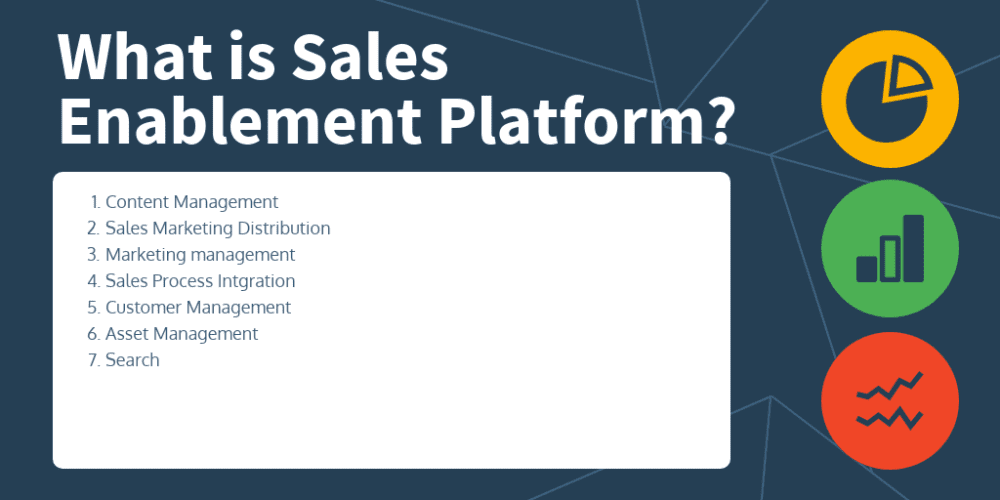
Sales Enablement Platform that provides sales organizations with content, tools, and the information that help sales force sell more to buyers in an effective way. The basis of Sales Enablement Platform is providing sales staff with what they require to successfully engage with their buyers throughout the buying life-cycle. Sales Enablement Platform also equips sales staff with the information and content used in sales cycle.
The content provided to sales people can be in the form of sales best practices, customer-facing content or even tools. Sales Enablement Platform also equips client-facing staff with the qualities for having a systematic and consistent conversation with the right set of stakeholders throughout the client’s problem solving life cycle. Sales Enablement Platform simply improves customer conversations and win deals.
What are Sales Enablement Platform?
Sales Enablement Platform functions by providing effective ways of presenting content to customers, providing of real-time visibility into the number of customers finding content engaging to them, application of sophisticated analytics that enable optimization of content and pitches, and helps sellers in get the training they need and measuring the effectiveness of the training on how it delivers bottom line results. Sales Enablement Platform strategically aligns technology and people to work towards a common goal in a given organization.
Sales Enablement Platform can be used by an organization in two different approaches. The first approach is ad-hoc approach and the second approach is the integrated approach. In the ad-hoc approach, the enablement functions are undefined. It means that only specific content is present for the sales staff across several repositories. The content is also specific to the marketing insights on buyer’s engagement with sales content that are anecdotal and in siloed technology.
The challenge of ad-hoc approach is that the sales staff will waste time getting the right materials, there will be need of creating new content once its required, and the collaboration around the departments is stifled. In the integrated approach, the sales people, technology, and processes are strategically aligned to grow sales success. In the integrated approach, sales and marketing are provided with an excellent platform for communication, storing, automating, and refining content to answer buyer questions.
You may like to read: Top Sales Enablement Platforms
What are the Features of Sales Enablement Platform
Sales Enablement Platform provides the following features; content management, sales marketing distribution, real-time customizations and previews, role based marketing, system integration, marketing campaign effectiveness, marketing management, marketing program utilization, user activity, and improved marketing return on investment functionality.
- Marketing program utilization: It enables marketers understand the quality of their various marketing products and programs based on performance and utilization, therefore allowing marketers to identify what is working towards promoting their sales.
- User activity: It provides you with an excellent platform for measuring, monitoring, and improving sales and field usage that is based on the transactions and activities processed through the system.
- Improved marketing return on investment functionality: It enables client to track easily the return on investment across the organization and sales force, therefore enabling marketers to co-relate revenue to specific campaigns more reliably and easily.
- Marketing campaign effectiveness: It provides marketers with an excellent platform for generating reports based on standard email metrics such as click-through rates, opens, website activity and form conversions, as well as understanding who is actually performing these activities at a named level.
- System integration: It enables you integrate with existing client systems for content, data, workflow, compliance, and enterprise needs that enable users to find, customize, and execute buying processes.
- Marketing management: It provides management tools that enable the sales and marketing staff to track and measure revenue impact and program performance and efficiency.
- Real-time customizations and previews: It provides an excellent platform for marketers for designing sophisticated programs that allow the sales force to customize and modify the program within the set rules and preview those changes in real-time.
- Role based marketing: It supports the company sophisticated hierarchy through provision of unique access to each user as well as unique payment options and approval for their marketing requests.
- Sales marketing distribution management: It provides real-time marketing fulfillment, requests, and tracking that is in line with the sales organization and key marketing functions.
- Content management: It enables marketers to quickly and efficiently load images, designs, business rules, and content to the organization’s sales system as well as creating a single content repository for easy publishing and refreshing of content, and accommodation of multiple buyer stages and multiple formats.
- Asset management: It provides a repository of various marketing assets that are responsible of transition from traditional design to online assets.
- Analytics: It enables the sales force to measure content and performance and foster tight collaboration between sales and marketing.
- Search: It provides the sales force with an excellent platform for centralizing access to their content on a single platform.
- Customer management: It enables the sales force to minimize the time and friction experienced by customers when accessing relevant content and sharing it via screen share, live presentations or email.
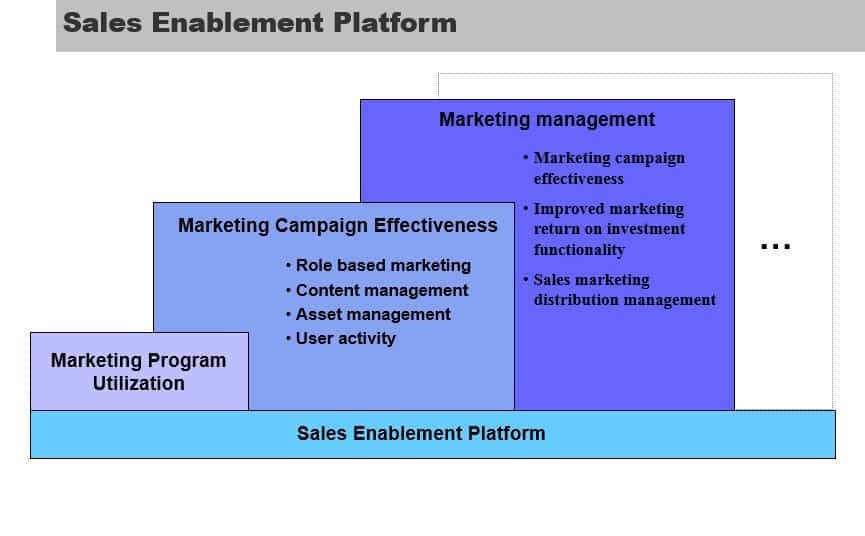
What are the Key Performance Indicators (KPI's) of Sales Enablement Platform
The key performance indicators of Sales Enablement Platform are; average number of days from opportunity to close, average number of days in each deal stage or opportunity, number of sales activities, lead prioritization and urgency ranking, MQL to SQL conversion rate, retention rate, cross-sell or upsell success rates.
- Cross-sell or upsell success rates: It enables organizations to know when to make the right suggestions that increase the LTV of customers by pitching them on additional services or product add-ons.
- Retention rate: It enables organizations track the trend line by taking the number of clients gained during a period of time subtracting it from the magnitude of clients at the end of a given span of time and dividing the total with the magnitude of clients at the start of that given period of time.
- MQL to SQL conversion: It provides a feedback mechanism in place between the marketing team and sales team, therefore enabling an organization deliver quality leads that are engaged and unique for a sales follow-up to avoid wasting time.
- Urgency ranking and lead prioritization: It ensures that the sales team is following up on ready leads without having to search high and low for leads and reducing the amount of nurturing and digging required for an ultimate lead prioritization.
- Number of sales activities: It ensures active selling time is increased by ensuring the logged sales activities like prospect enrollments, emails or phone calls are the quantifiable measure of time spent engaged in selling activity.
- Average number of days in each deal stage or opportunity: It enables you identify the points of friction, therefore providing you with an excellent platform for creating content, adjusting your sales touch-points or setting up re-nurturing workflows while preventing stalled opportunities.
- Average number of days from opportunity to close: It enables you streamline the sales cycle, therefore reducing costs and decreasing the amount of resources utilized in acquiring of a new client.
You may like to read: Top Sales Enablement Platforms
What are the Benefits of Sales Enablement Platform
Sales Enablement Platform provides the following benefits; content analytics, consistent messaging, sales effectiveness, sales productivity monitoring of content utilization and track engagement, making of account personalization with ease, improving ease of product education and access to SMEs, aligning sellers to resources throughout the customer journey, and synchronizing sales systems.
- Sales productivity: It helps reps in locating, preparing of file assets to send to send to buyers and also provides the right content to the rep within the context of the sales situation.
- Sales effectiveness: It makes it easy for sellers to create their customized content.
- Consistent messaging: It helps sellers not to use outdated templates or content, preserving the correct messaging, and protecting the brand.
- Content analytics: It helps you have visibility into what the content sellers are using and knowing what works and what does not.
- Align sellers to resources throughout the customer journey: It provides relevant content within the context, therefore ensuring customers access additional resources in their customer life-cycle.
- Improve ease of product education and access to SMEs: It helps you in capturing tribal knowledge from across your organization and making it accessible to the salespeople.
- Easy account personalization: It helps reps to create personalized sales documents like proposals and presentations by combining data and content from various providers within the organization.
- Monitor content utilization and track engagement: It helps marketers be in touch with the content used by sellers.
What are the Latest trends in Sales Enablement Platform
The latest trends in Sales Enablement Platform are; application of artificial intelligence, growing of existing accounts through cross sell, and redefining customer centricity.
- Application of artificial intelligence: AI is used speeding up prospect research, improving new customer acquisition, cross-selling, and retention.
- Growing existing accounts through cross sell: It enables uncover buying needs for non-core products to expand your reach and understanding who the right targets are for cross-sell, and navigating through the cross-sell process.
- Redefine customer centricity: It enables you develop new framework to understand the customer by applying “voice of customer” methods such as social data and loyalty surveys.
You may like to read: Top Sales Enablement Platforms
How to choose the right Sales Enablement Platform
Choosing and purchasing Sales Enablement Platform is not an easy task. The following are what to consider when choosing and purchasing Sales Enablement Platform; business problem to be solved, goals of your organization, sales reps learning process, and where it should be incorporated.
- Goals of your organization: It should allow to be customized to meet the objectives of your organization.
- Sales reps learning process: It should know how your reps easily learn and retain information of the program.
- Business problem to be solved: It should be specific to the problem to be solved in the organization and still remain relevant to its functions.
- Where it should be incorporated: First understand where it will be most powerful when incorporated to your system.
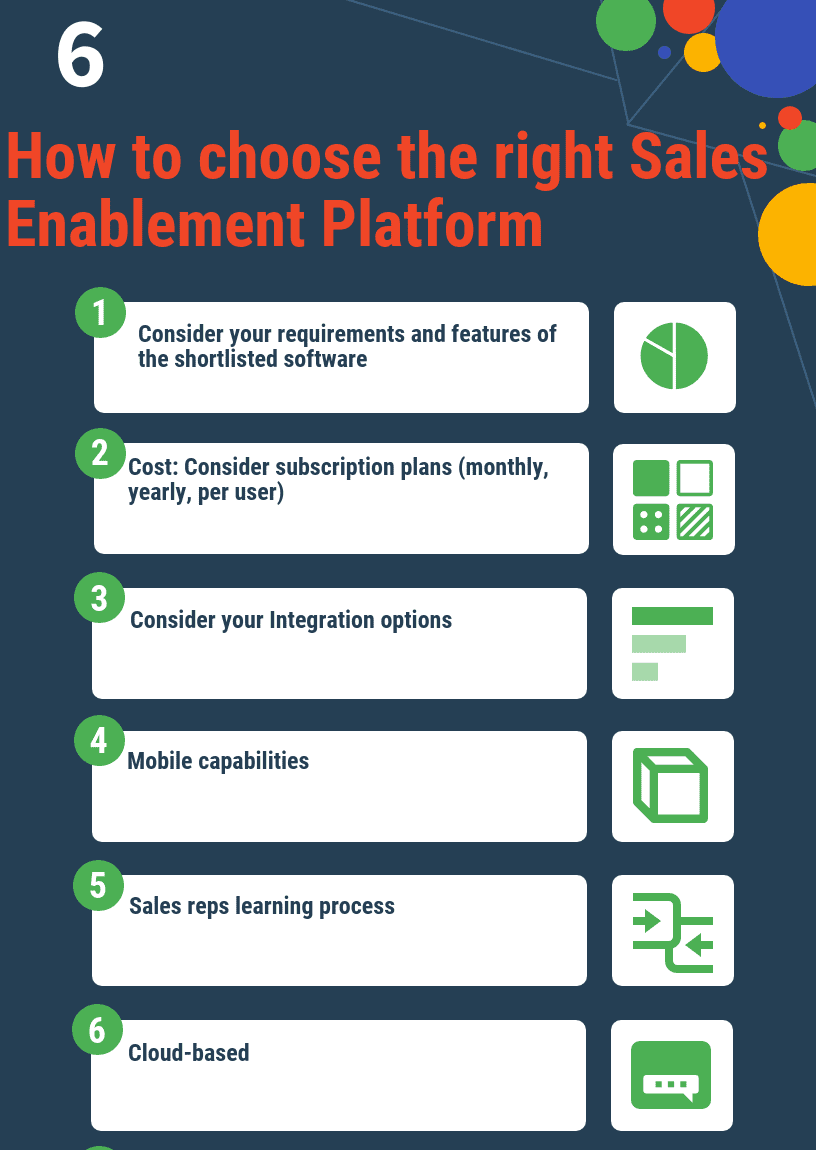
How to choose the right Sales Enablement Platform
Top Sales Enablement Platform
You may like to read: Top Sales Enablement Platforms
You may like to read: Top Sales Enablement Platforms
What are Sales Enablement Platform?
Sales Enablement Platform functions by providing effective ways of presenting content to customers, providing of real-time visibility into the number of customers finding content engaging to them, application of sophisticated analytics that enable optimization of content and pitches, and helps sellers in get the training they need and measuring the effectiveness of the training on how it delivers bottom line results. Sales Enablement Platform strategically aligns technology and people to work towards a common goal in a given organization.
What are the Features of Sales Enablement Platform?
Sales Enablement Platform provides the following features; content management, sales marketing distribution, real-time customizations and previews, role based marketing, system integration, marketing campaign effectiveness, marketing management, marketing program utilization, user activity, and improved marketing return on investment functionality.
What are the Key Performance Indicators (KPI's) of Sales Enablement Platform?
The key performance indicators of Sales Enablement Platform are; average number of days from opportunity to close, average number of days in each deal stage or opportunity, number of sales activities, lead prioritization and urgency ranking, MQL to SQL conversion rate, retention rate, cross-sell or upsell success rates.
What are the Benefits of Sales Enablement Platform?
Sales Enablement Platform provides the following benefits; content analytics, consistent messaging, sales effectiveness, sales productivity monitoring of content utilization and track engagement, making of account personalization with ease, improving ease of product education and access to SMEs, aligning sellers to resources throughout the customer journey, and synchronizing sales systems.
How to choose the right Sales Enablement Platform?
Choosing and purchasing Sales Enablement Platform is not an easy task. The following are what to consider when choosing and purchasing Sales Enablement Platform; business problem to be solved, goals of your organization, sales reps learning process, and where it should be incorporated.










































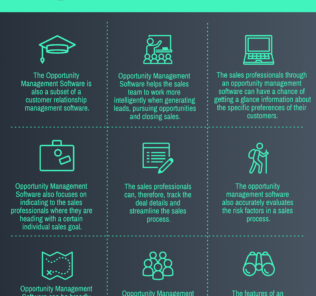
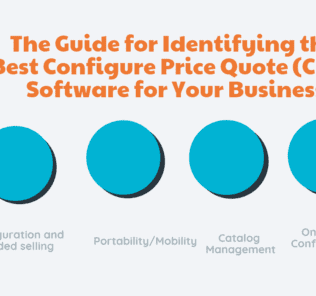
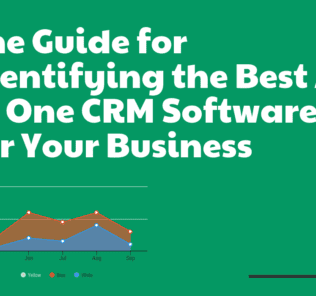
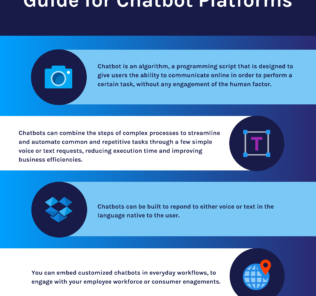
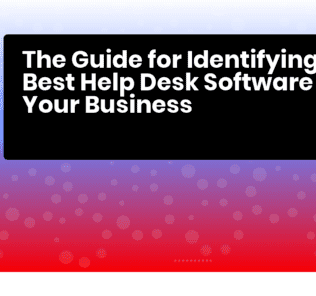
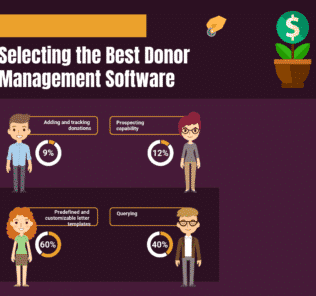




By clicking Sign In with Social Media, you agree to let PAT RESEARCH store, use and/or disclose your Social Media profile and email address in accordance with the PAT RESEARCH Privacy Policy and agree to the Terms of Use.